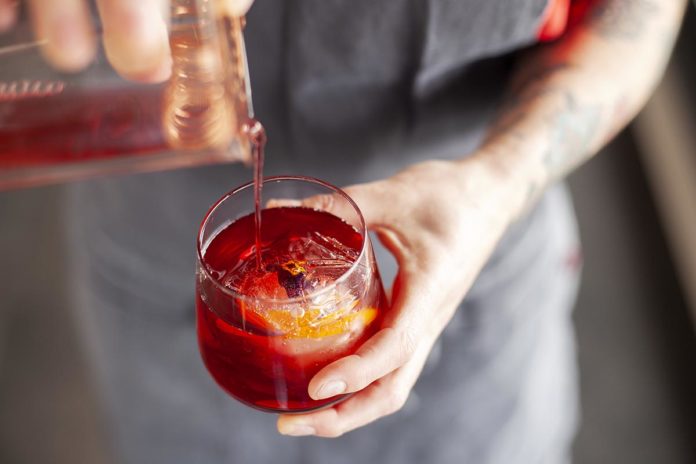SPONSORED
In the past, most food and drink producers, with ambitions to grow would aspire for national retail listings, the pinnacle of retail validation success. It came with an accepted downside of reduced margins in exchange for volume and mass brand exposure. Now you can consider a different option.
The pandemic shifted how, when and where consumers could do their shopping, and this meant a huge shift to online shopping in almost all sectors. The grocery sector was no different, with people shopping more online than ever before and making use of services such as click and collect.
Mintel research from 2020 suggested that around three in five adults (59%) used online grocery shopping, up from 50% in 2019. This increased further, before falling back slightly in 2021 – however, the research goes on to predict online grocery shopping to be worth £22.4bn by 2025, an increase over close £5bn from pre-pandemic figures.
Just because more were grocery shopping with the national retailers didn’t mean that others missed out on growth and benefits of more online activity.
Some of the fastest growing food and drink brands in the world simply aren’t available in supermarkets: there are several reasons for this, but entrepreneurial start-ups are also exploring pure D2C (direct to consumer) business models. Why?
- Margin: You know your costs, and with the help of digital marketing and modern attribution you can have far better control of your margins. It is yours to manage and not subject to discounts and margin squeezing from grocery giants.
- Brand: A strong brand is more manageable when you control all the channels. The creatives and can match messaging to target the perfect customer, rather than shooting for a numbers game on the shelves of a supermarket.
- Customer Experience and journey: How and when they buy are yours to master in a D2C business model. Utilising the full toolbox of marketing and reporting means that you can cut out other noise and distraction, hard to do in a retail multiple.
- Retention and Loyalty: Building on the use of data and customer service experience means that you achieve better retention rates, avoiding the need to build in churn and new customer acquisition costs. By owning the process you can retain the data for yourself and make use of data segmentation and automation to upsell or retain the best possible customers.
- Barriers to entry: Utilising platforms like Shopify and Word press plug-ins like WooCommerce mean that a D2C model is wholly attainable for most businesses, and without huge investment.
If you are keen to explore routes to market and different business models then visit the Food and Drink Cornwall website now to sign up. There are limited spaces filling fast.





